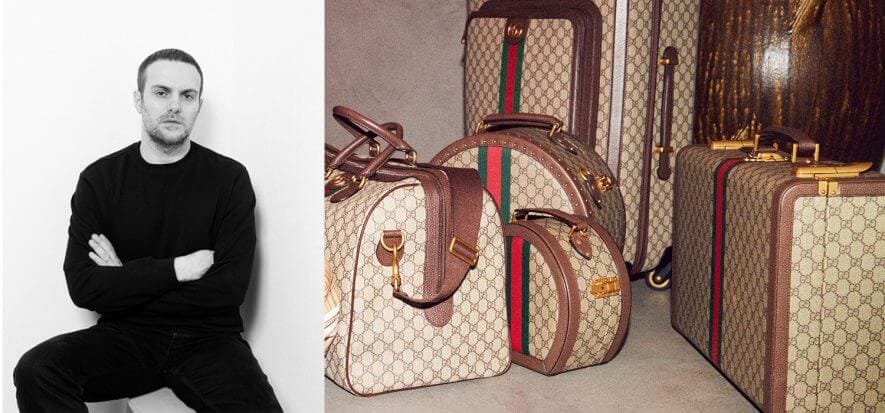After De Sarno‘s announcement at Gucci, which came on a Saturday (i.e. with the stock market closed), the first question from observers was: who knows how the markets will react. Come Monday, the answer is “flat”. As a Reuters bulletin updates, the parent company Kering opened with -0.1%. The arrival of Alessandro Michele‘s long-awaited heir has not warmed up shareholders, in short. In this regard, rumours are swirling about the reasons why the Pinault family hastened the timing of De Sarno’s (pictured) officialisation.
De Sarno’s time at Gucci
It was widely believed among insiders that the appointment of the new creative director would arrive by the second half of February at the earliest, if not June. The announcement on Saturday, January 28, came as a surprise. Also, because De Sarno’s engagement is not yet finalised: the designer must finish his work at Valentino and will only start designing for Gucci in view of September fashion shows. According to La Repubblica, the reason for such haste is the fear of information leaks. Already in November, WWD burnt (as they say in journalistic slang) the divorce from Alessandro Michele, breaking the news before Kering. In order not to repeat the mistake (and in the concrete fear that it was about to happen), the holding company that belongs to the Pinault family anticipated the timing of the announcement.
And now?
While waiting for De Sarno’s adventure in Gucci to really begin, analysts point out the strengths and weaknesses of Kering’s choice. Jean Vigneron, a consultant at the Egon Zehnder agency, talks to Vogue about the strength’s statement implicit in the act. Once again, Gucci does not need to rely on a big name, but can afford to bet on a young man: in short, it demonstrates that it puts the quality of talent before the quantity of popularity.
Flavio Cereda, Kathryn Parker and Bhumi Kanabar of Jefferies, on the other hand, point to an anomaly to WWD. De Sarno, who at Valentino is director for men’s and women’s ready-to-wear, has little experience in accessories and leather goods. Two product categories that are, to say the least, fundamental in the brand’s dynamics.
Read also:










